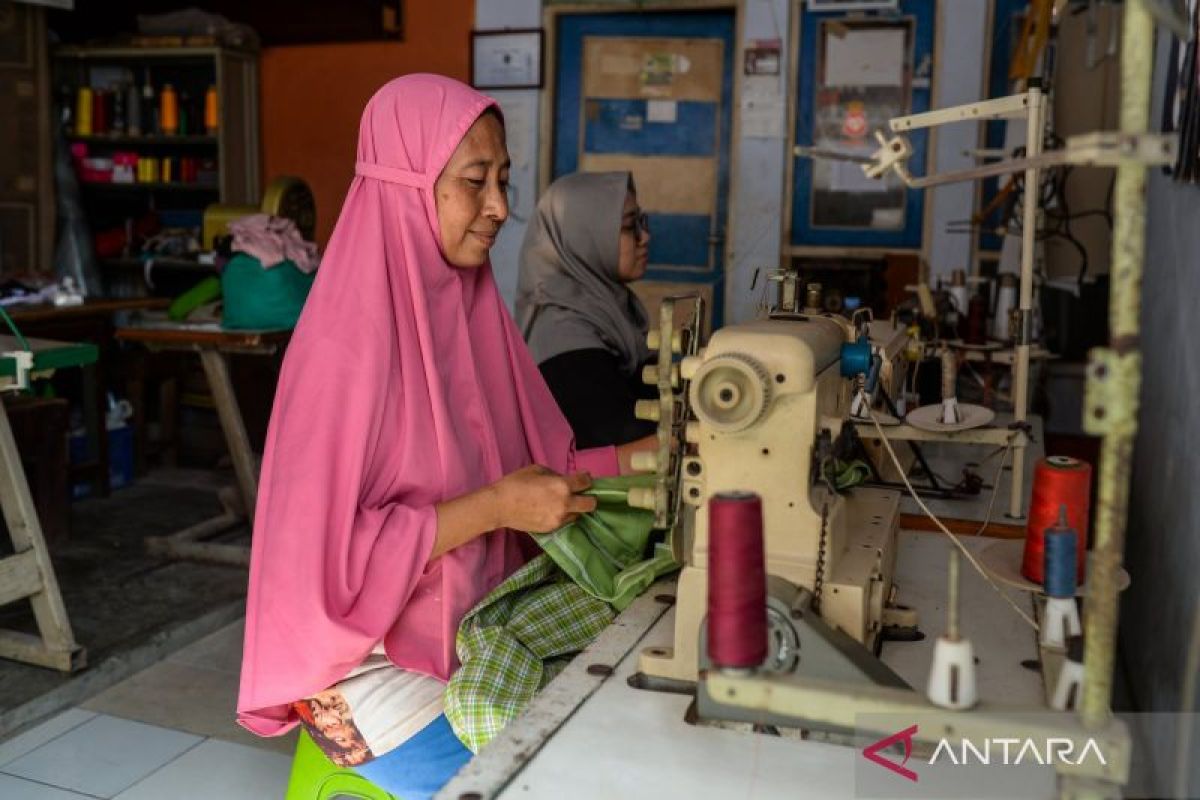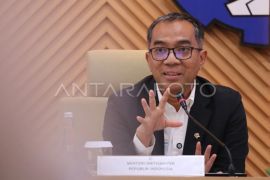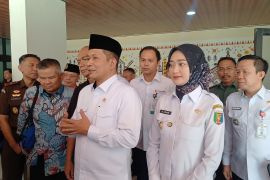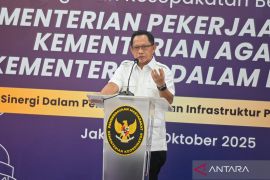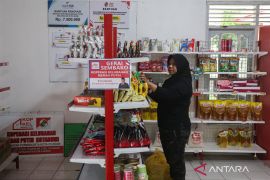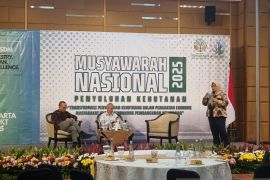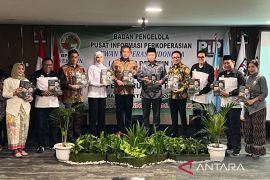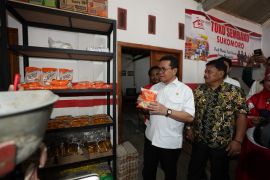He emphasized that the Red and White Village Cooperatives program will change the rural economic landscape.
“We are making world history together. No other country in the world has a history of forming 80 thousand cooperatives,” he said.
President Prabowo Subianto is scheduled to launch the Red and White Village Cooperatives on July 19, 2025, in Klaten, Central Java.
Initially, the launch was planned to coincide with National Cooperatives Day on July 12, but it was postponed due to the President’s overseas tour.
Speaking in front of the parliament, Setiadi claimed that around 80,500 cooperatives have been formed so far, with nearly 77 thousand obtaining legal status from the Ministry of Law.
This can be considered an extraordinary achievement given that it was realized in the space of four months: the idea for the program emerged in early March 2025.
Ahead of the launch, the government’s ambitious program has drawn some criticism. There are concerns that Red and White Village Cooperatives could potentially increase the risk of non-performing loans (NPL) for banks. It has also been said to lack a clear road map.
Even so, Setiadi said he believes that forming 80 thousand Red and White Village Cooperatives required courage as the program has no benchmark, no comparison with other countries.
This courage is needed to achieve the main goal of development that begins from the village level to achieve economic equity and poverty eradication.
Related news: Village co-operatives tools for economic empowerment: minister
Genesis of village co-ops
The idea of forming Red and White Village Cooperatives was first shared with the public after President Prabowo led a limited meeting at the Merdeka Palace, Jakarta, on March 3, 2025.
Following up on the idea, which came directly from President Prabowo, the government set the target of forming 80 thousand village cooperatives with an estimated capital of Rp400 trillion or around US$24.6 billion.
Just three weeks after the idea was proposed, Prabowo signed Presidential Instruction No. 9 of 2025 on Accelerating the Formation of Red and White Village Cooperatives.
The instruction tasked the Ministry of Cooperatives with preparing cooperative business models, establishment modules, and digital-based cooperative human resource training.
The Ministry of Villages and Disadvantaged Regions was given the task of assisting with land procurement and promoting the program to village communities.
The Ministry of Finance was asked to formulate policies for distributing funds from the 2025 State Budget as initial funding and provide incentives to villages that actively form cooperatives.
Funding for the formation of the cooperatives has been sourced from the State Budget (APBN), Regional Budget (APBD), Village Budget (APBDes), and other sources, in keeping with laws and regulations.
Meanwhile, Minister Setiadi has proposed an additional spending budget of Rp5.98 trillion for 2025, which will be focused on strengthening the cooperatives.
Related news: Village co-ops well-received by public, Minister Setiadi says
Slow approach
A number of experts have warned that without careful planning, the program could cause state losses.
According to credit rating agency Pefindo, loans given to cooperatives have a non-performing loan (NPL) ratio of 8.5 percent.
This figure exceeds the safe NPL threshold set by the Financial Services Authority (OJK), which is below 5 percent. It is also higher than the average NPL in the banking sector as a whole.
In addition, the cooperative formation scheme, which tends to be top-down, is also under scrutiny.
The new approach is considered inconsistent with the essence of cooperative development as a people’s economic movement, which should be bottom-up and autonomous, as mandated by Law Number 25 of 1992.
It is feared that dependence on state budgets and facilities would make cooperatives non-independent and vulnerable to external intervention, instead of empowering the village economy sustainably.
However, Setiadi continues to be optimistic about the strategic role of Red and White Village Cooperatives as a platform for communities to break free from the shackles of poverty and become centers of economic activity in villages.
The cooperatives are expected to become village production and distribution centers and reduce costs.
The government sees Red and White Village Cooperatives not only as economic institutions but also as a form of people’s movement targeting farmers, fishermen, and MSMEs throughout the country.
To ensure success and avoid potential losses or failures like those seen in the village unit cooperative (KUD) program, the government must implement the program gradually and focus on the 103 pilot cooperatives formed so far.
Such an approach would allow for program evaluation and improvement based on real conditions in the field, ensuring that the ideals of cooperatives are truly supported by a well-thought-out concept.
Indonesia is indeed making history by forming 80 thousand cooperatives. However, the program must be monitored to prevent any tarnishing of the image of cooperatives.
Happy Cooperatives Day!
Related news: Village cooperatives aim to end loan shark chains
Editor: Rahmad Nasution
Copyright © ANTARA 2025
